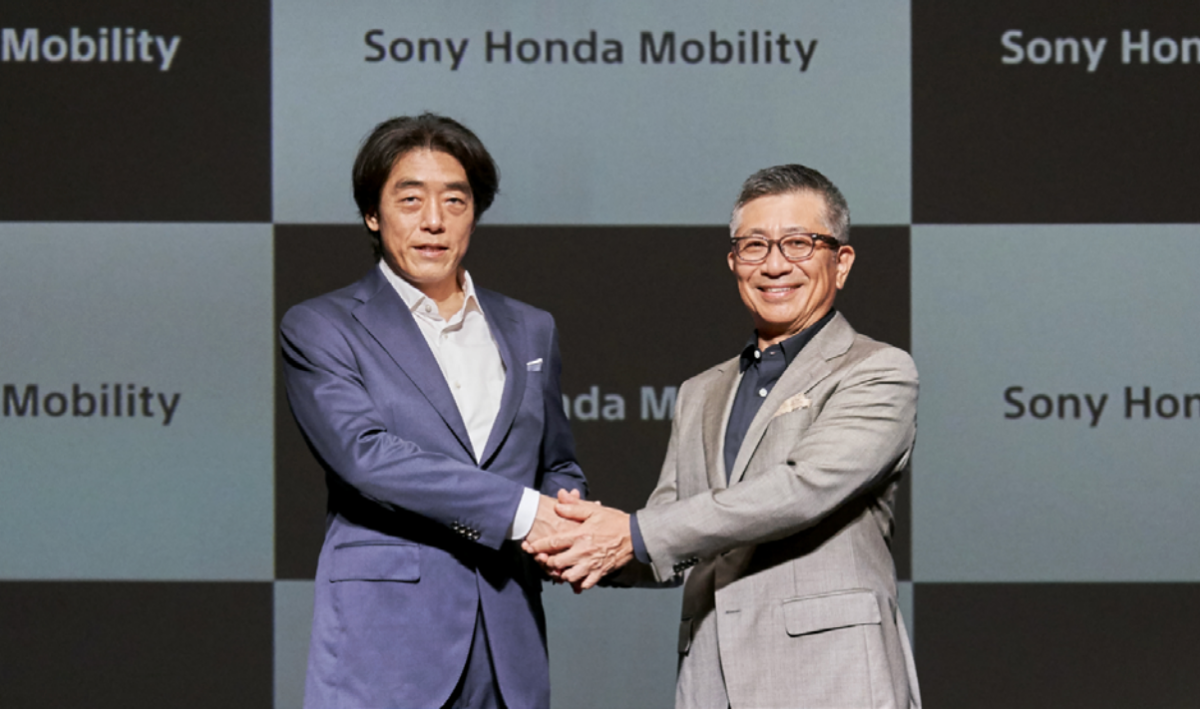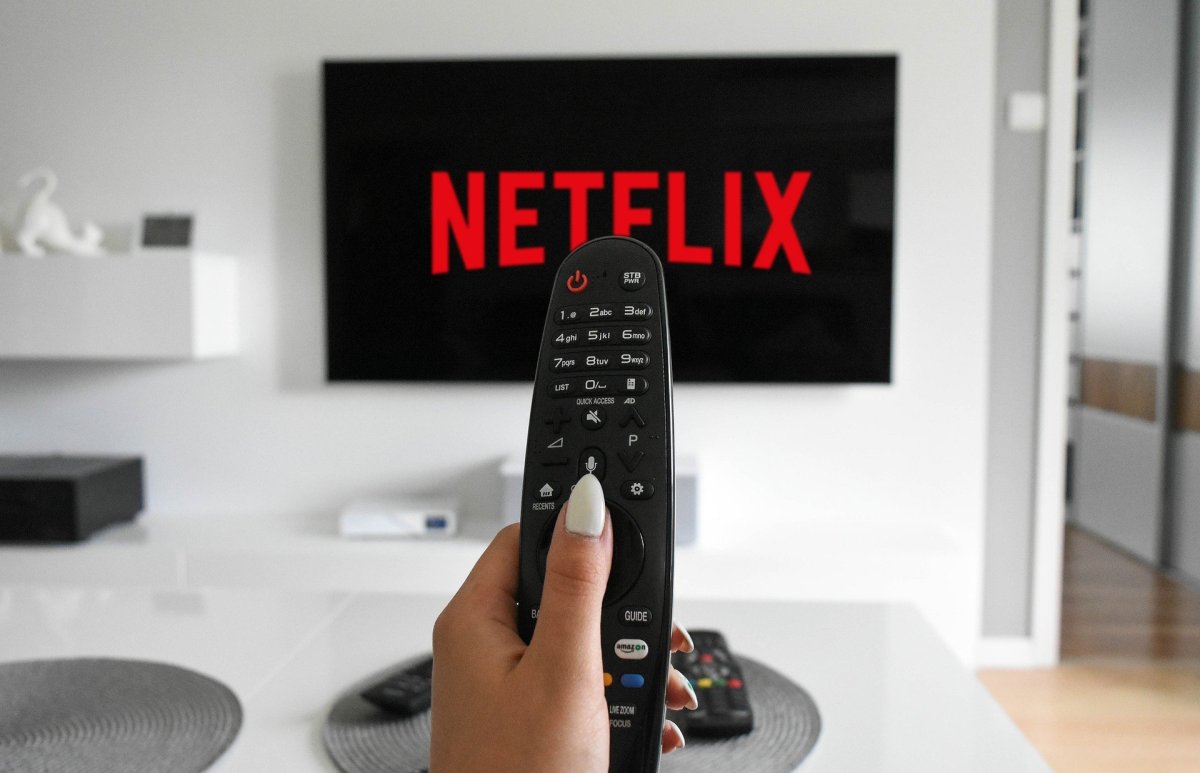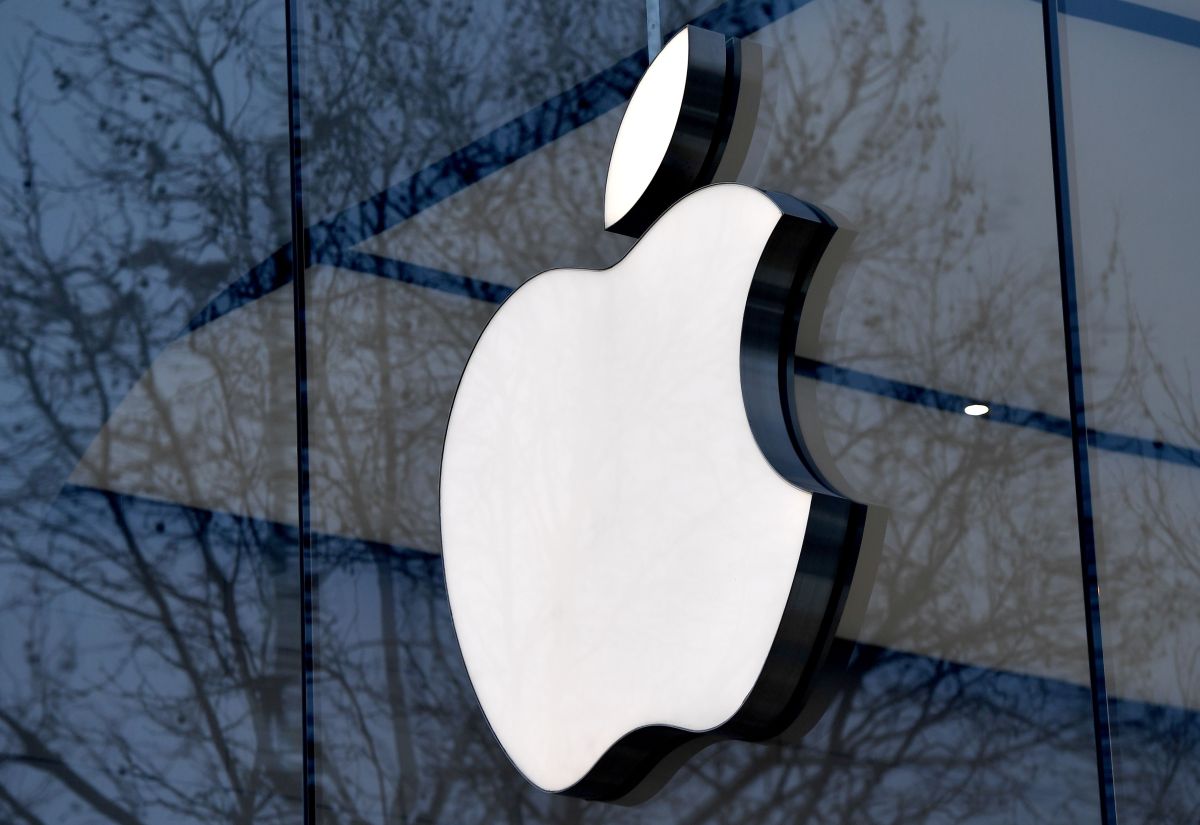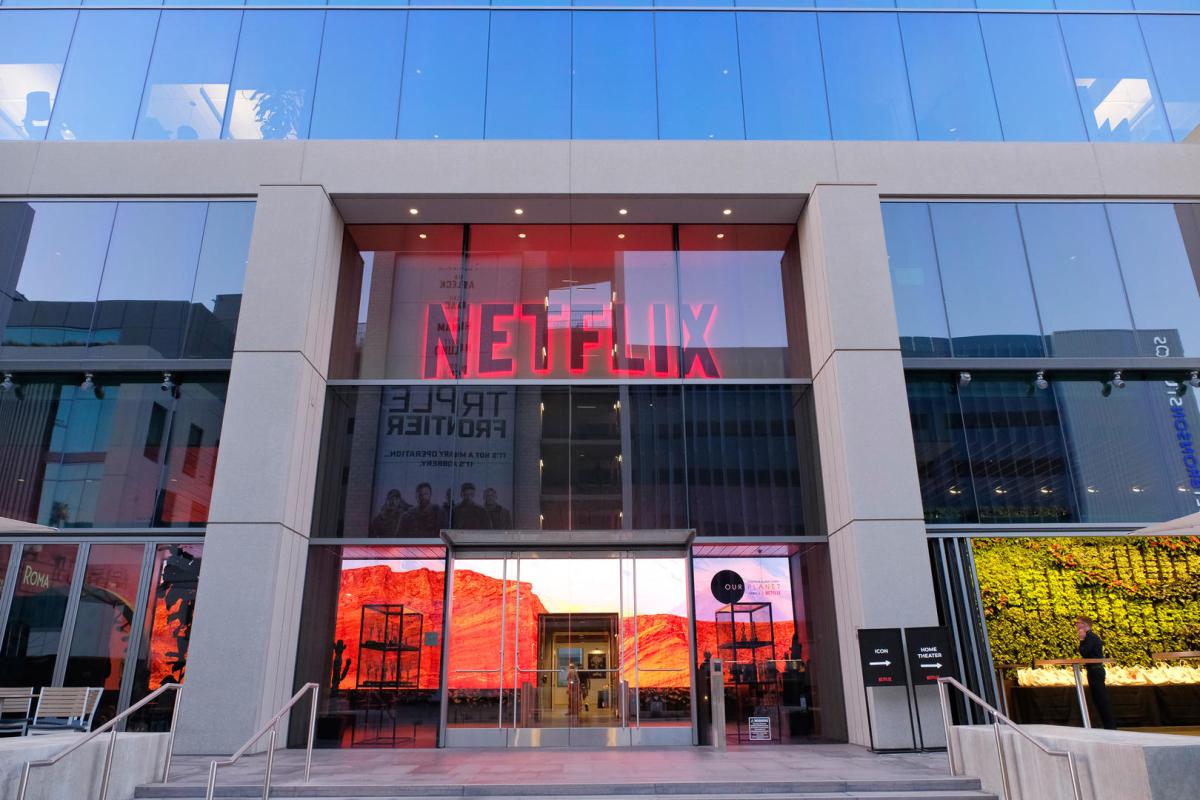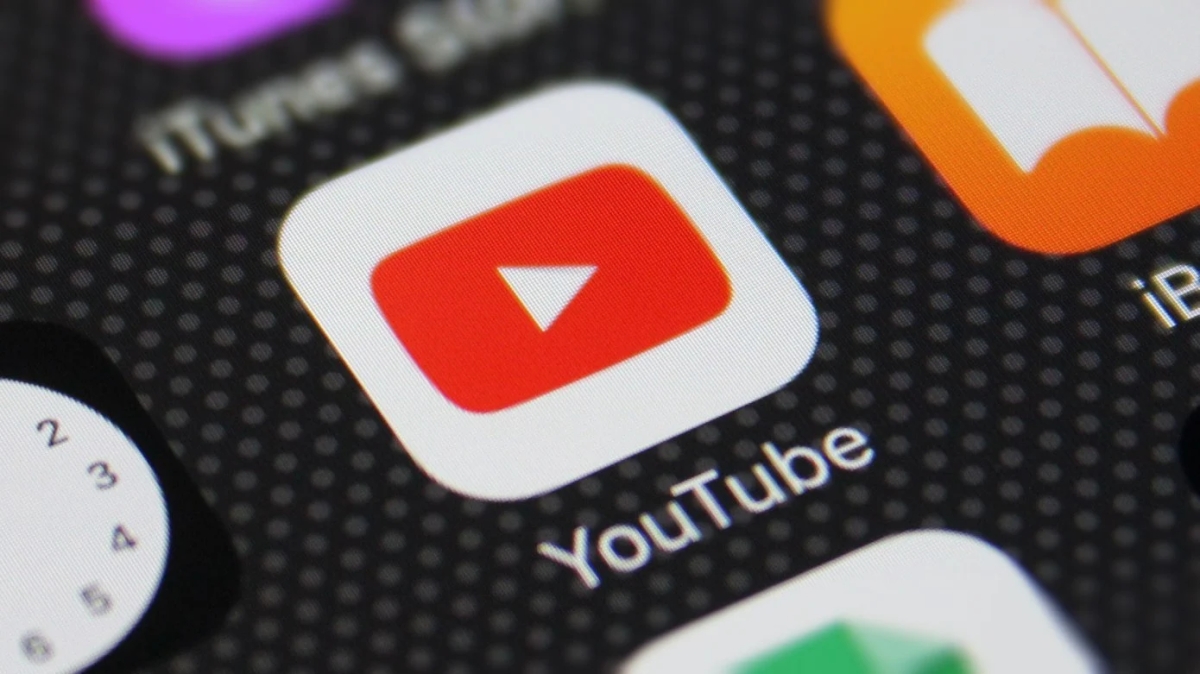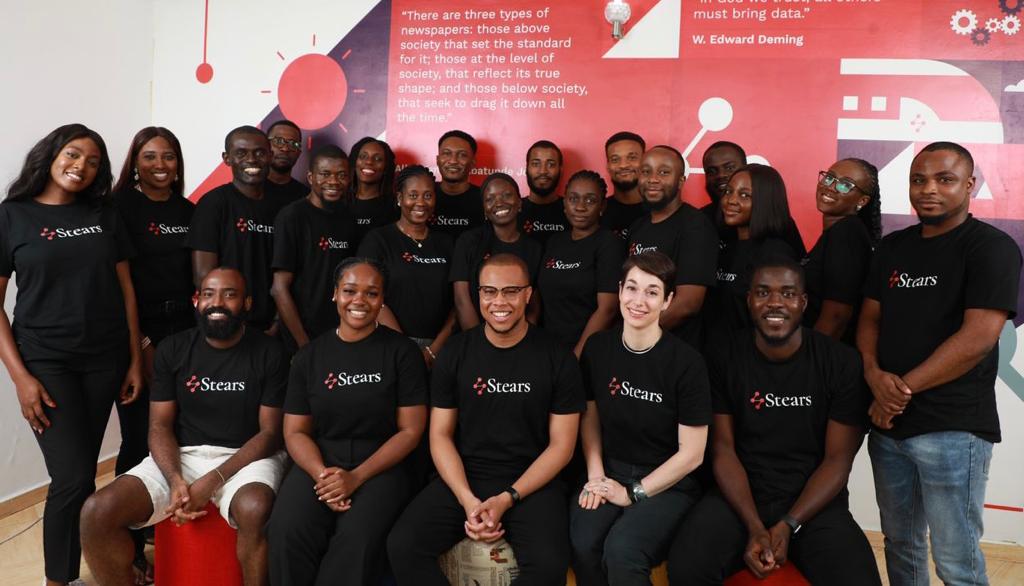Sony and Honda envision an EV that entertains while it takes the wheel • ZebethMedia
Sony and Honda have officially launched their joint mobility venture that aims to start delivering premium electric vehicles with automated driving capabilities in the United States in the spring of 2026, followed by Japan in the second half of 2026. The joint venture from hardware, software and entertainment conglomerate Sony and automaker Honda to produce what the companies promise to be a wildly smart vehicle perfectly demonstrates the direction of the auto industry today. As the software-defined vehicle moves beyond car performance and into autonomous territory, cars are not just about transportation anymore — they’re about entertainment and automakers are scrambling to up the ante. The future of premium vehicles will focus less on torque and horsepower and leather seats, and more on what a driver can do to entertain themselves when they take their hands off the steering wheel. Earlier this week, BMW partnered with AirConsole to bring in-car gaming to the BMW 7 series next year, a series that will already be built with Amazon Fire TV for streaming. Volvo is working to integrate Google Home and YouTube into its vehicles. And let’s not even get started on the EVs that promise to mine crypto. The launch of the JV comes a few months after Sony and Honda signed a JV agreement to establish the new software-oriented “mobility tech company,” called simply Sony Honda Mobility Inc. (SHM). The JV will begin taking preorders for their first product in the first half of 2025 and start selling entirely online before the end of the same year, the companies said. The new EV, which will be initially manufactured at Honda’s North America factory, will be developed with Level 3 automated driving capabilities under limited conditions, and with Level 2 advanced driver assistance systems that can handle situations as complex as urban driving, according to the companies. According to SAE, Level 3 autonomy means the car is capable of driving in certain situations, like traffic jams, when automated features are engaged, but the human driver must take over when the system requests it. Sony will provide the sensors and tech for the autonomous capabilities, as well as all of the other software, from cloud-based services to entertainment, that drivers will hopefully be able to enjoy all the better for not having to actually drive the car all the time. The companies didn’t share too much about what the infotainment system would look like, but they did say the metaverse would be involved. “SHM aims to evolve mobility space into entertainment and emotional space, by seamlessly integrating real and virtual worlds, and exploring new entertainment possibilities through digital innovations such as the metaverse,” according to SHM. Neither Sony nor Honda responded to ZebethMedia’s request for more information about how, exactly, they plan to integrate the metaverse into a vehicle, however, it’s possible SHM will integrate augmented reality through safety features, as BMW has done. Part of SHM’s mission is to “create new mobility entertainment” and position mobility as a “mobility experience service.” What exactly does this mean? We don’t have all the facts yet, but it looks like SHM is subscribing to the same feature-bloat newsletter as other luxury brands that want to encourage drivers to interact with the vehicle more than they interact with their phones. Other details missing from the JV announcement include pricing, battery range or even what type of vehicle we’re looking at. Honda has been slow to push out its own electric vehicles, so the JV with Sony is also a move toward embracing not only EVs, but also the idea of the car as a connected device. The Sony Honda EV, if it makes it to market, will also help Honda get a foothold into the luxury vehicle market in the U.S.
